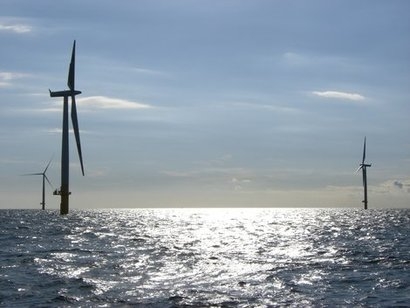
As it worked through its deconflicting process, BOEM retained approximately half of previously identified areas along the Delaware, Maryland, Virginia, and North Carolina coast, including areas that will require floating turbine technology. BOEM further delineated the remaining area into primary and secondary areas. Each state has set significant clean energy goals, including Maryland which has required 50 percent of its energy to come from renewable energy sources by 2030. Each state is already seeing significant supply chain activity with investments targeted for four manufacturing facilities constructing the foundations, towers, cables, and blades of an offshore wind farm.
“The advancement of new lease areas in the Central Atlantic is a major milestone for the US offshore wind industry as a second wave of fixed bottom and a first for floating projects are now within view” said Sam Salustro, vice president of Strategic Communications at the Business Network for Offshore Wind. “Central Atlantic states have set bold clean energy goals and are turning to offshore wind as a reliable, abundant, and affordable source that will form the backbone of their future energy mix. The Bureau of Ocean Energy Management preserved only 50 percent of available wind resources for offshore wind deployment, and it is critical these areas, primary and secondary, remain as intact as possible to fulfil states’ long-term energy demands. The advancement of the full lease areas in the Central Atlantic will further bolster a budding manufacturing supply chain from Paulsboro, New Jersey to Baltimore and Hampton Roads, Virginia and will lead to the genesis of a robust Atlantic Coast floating offshore wind supply chain.”
For additional information:

